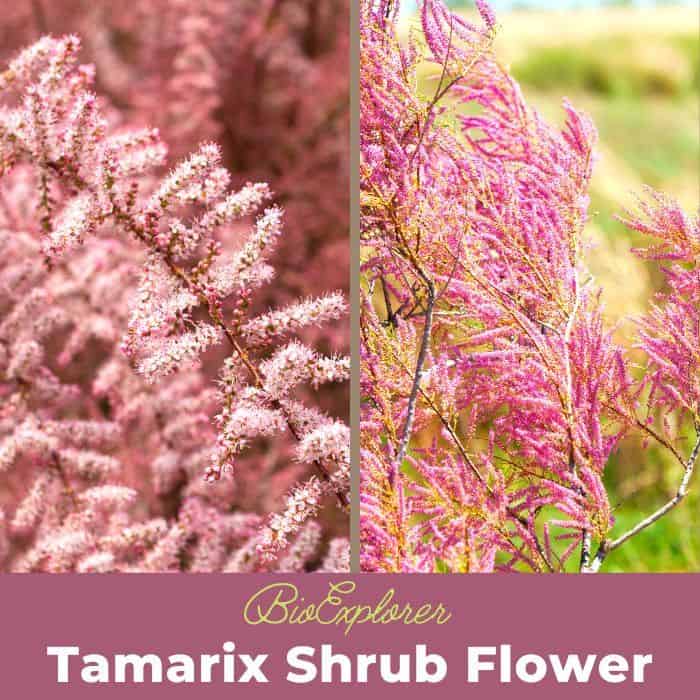
- Plant Type: Shrubs or small trees.
- Common Names: Tamarix shrubs, Salt Cedar.
- Color: White, pink, purple.
- Flower Dimensions: 0.04- 0.08 by 0.02 inches.
- Flowering Season: Early summer.
- Deserts with Tamarix Shrubs: Junggar Basin Region of the Gobi and Sahara.
Tamarix Shrub Flower Characteristics
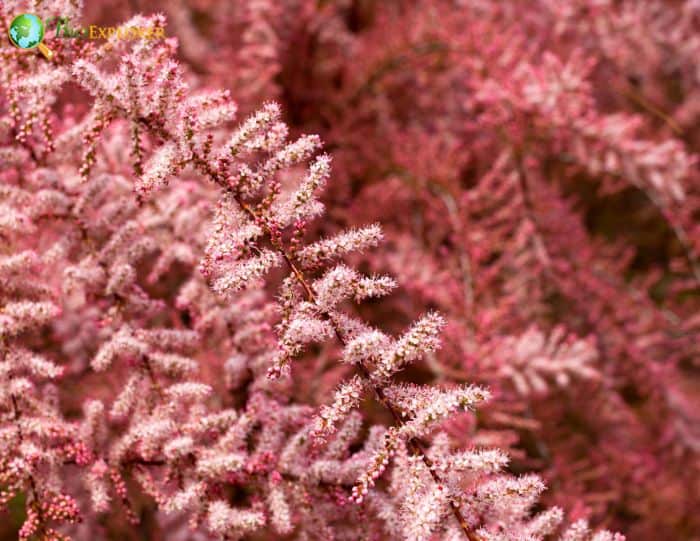
Tamarix arceuthoides is a shrub or Tree belonging to the Tamaricaceae family. This plant can grow to a height of 5 meters. The Tamarix shrub is commonly found in sandy places and deserts of temperate Asia, Africa, and Europe.
- Tamarix arceuthoides is a shrub or small tree with dense and spreading branchlets. The stems of Tamarix arceuthoides are much-branched.
- The leaves of the Tamarix shrubs are scale-like. They possess salt-secreting glands.
- The flowers of the Tamarix shrubs are small and dense in fascicles or terminal panicles.
- The flowers of the Tamarix shrubs usually bloom early in September until September.
- They are primarily bisexual. The calyxWhat is calyx?A collective term for all the sepals of a flower; the lowermost whorl of floral orgrans (Plural form is calyces). consists of 4-5 lobes, and the petals are 4-5; ovate-elliptic to obovate.
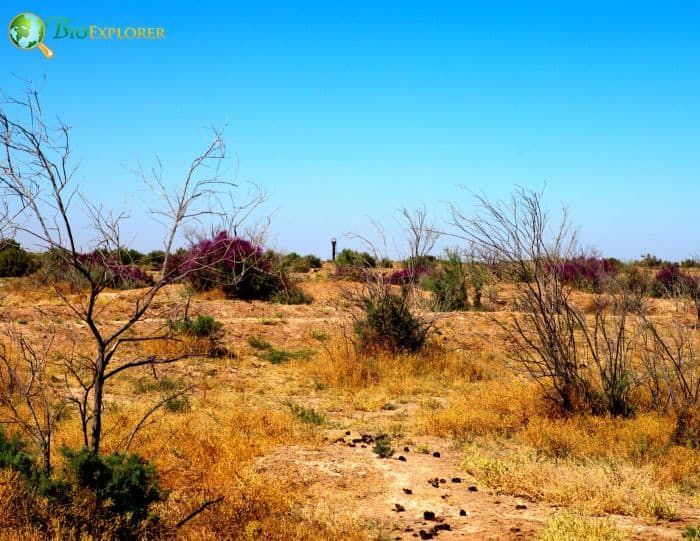
Tamarix Shrub Facts
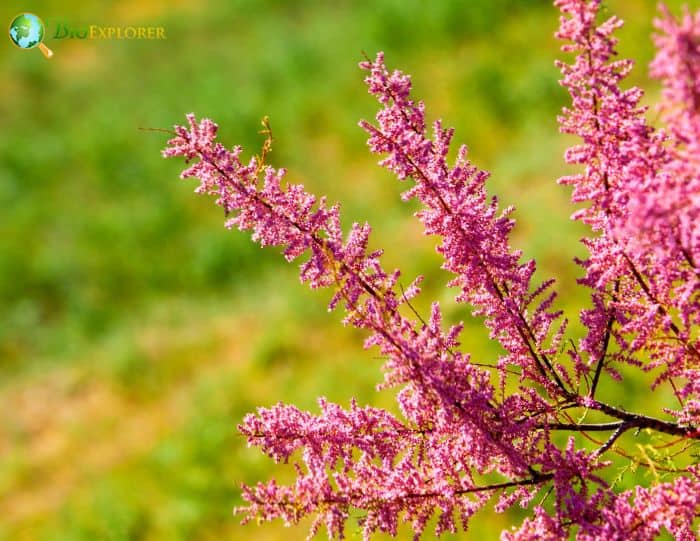
- The Tamarix spp[1] is rich in polyphenolic compounds with important medicinal uses.
- Traditionally, Tamarix spp. treats gastrointestinal disorders, diabetes, wounds, and dental problems.
- The extracts from Tamarix shrubs[2] showed antibacterial activity against specific Gram-negative and Gram-positive bacteria by forming inhibition zones of different sizes.
- The genus Tamarix[3] is from Latin, which may refer to the Tamaris River in Hispania Tarraconinses in Spain.
- Tamarisks of the genus Tamarix[4] were one of the plants mentioned in the Bible.
- The scimitar oryx’s diverse desert diet includes munching on Tamarix bushes to gain moisture. These hardy Tamarix shrubs manage to survive in dry Saharan wash plains, just like the well-adapted scimitar oryx antelopes that feed on their leaves and shoots. The oryx’s ability to gain water from the high salt tolerance vegetation helps explain how they thrive where other mammals cannot!
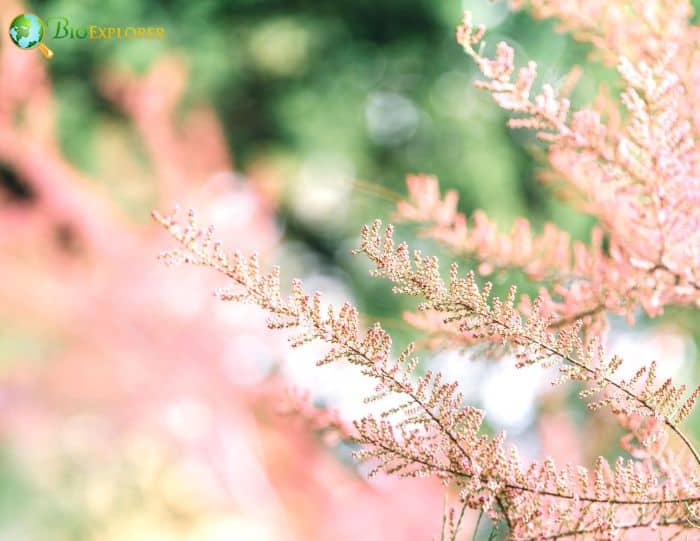
Suggested Reading: Flower Varieties
Cite This Page
APA7MLA8Chicago
BioExplorer.net. (2025, May 28). Tamarix Shrubs. Bio Explorer. https://www.bioexplorer.net/plants/flowers/tamarix-shrubs/.
BioExplorer.net. "Tamarix Shrubs" Bio Explorer, 28 May 2025, https://www.bioexplorer.net/plants/flowers/tamarix-shrubs/.
BioExplorer.net. "Tamarix Shrubs" Bio Explorer, May 28 2025. https://www.bioexplorer.net/plants/flowers/tamarix-shrubs/.











